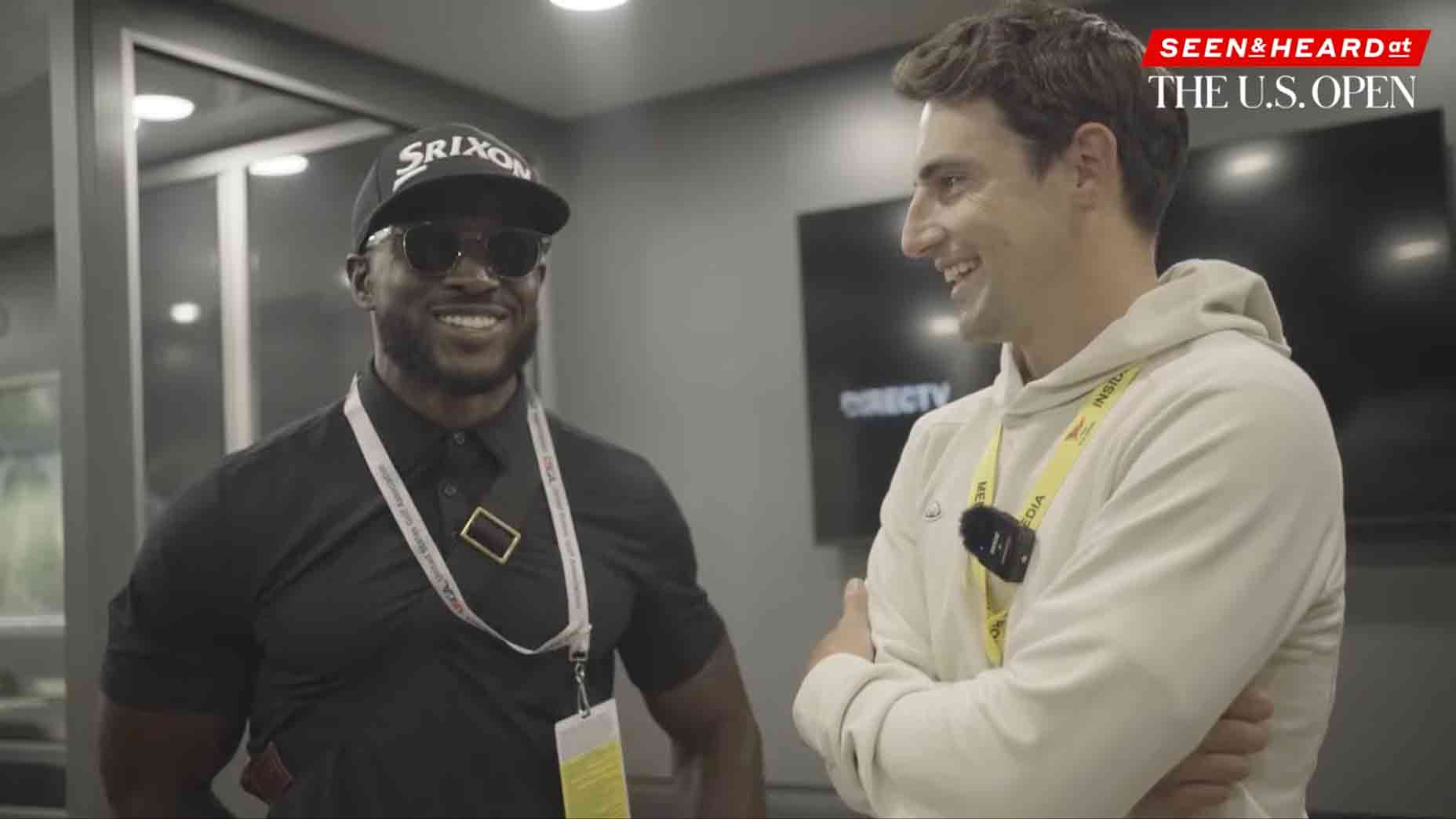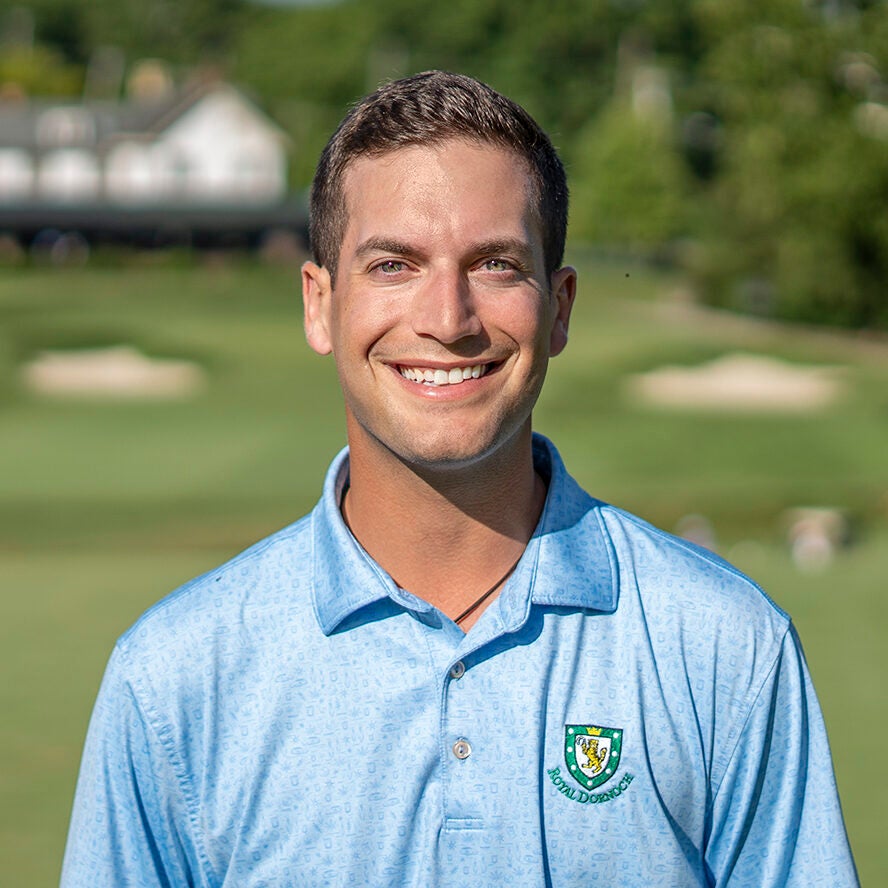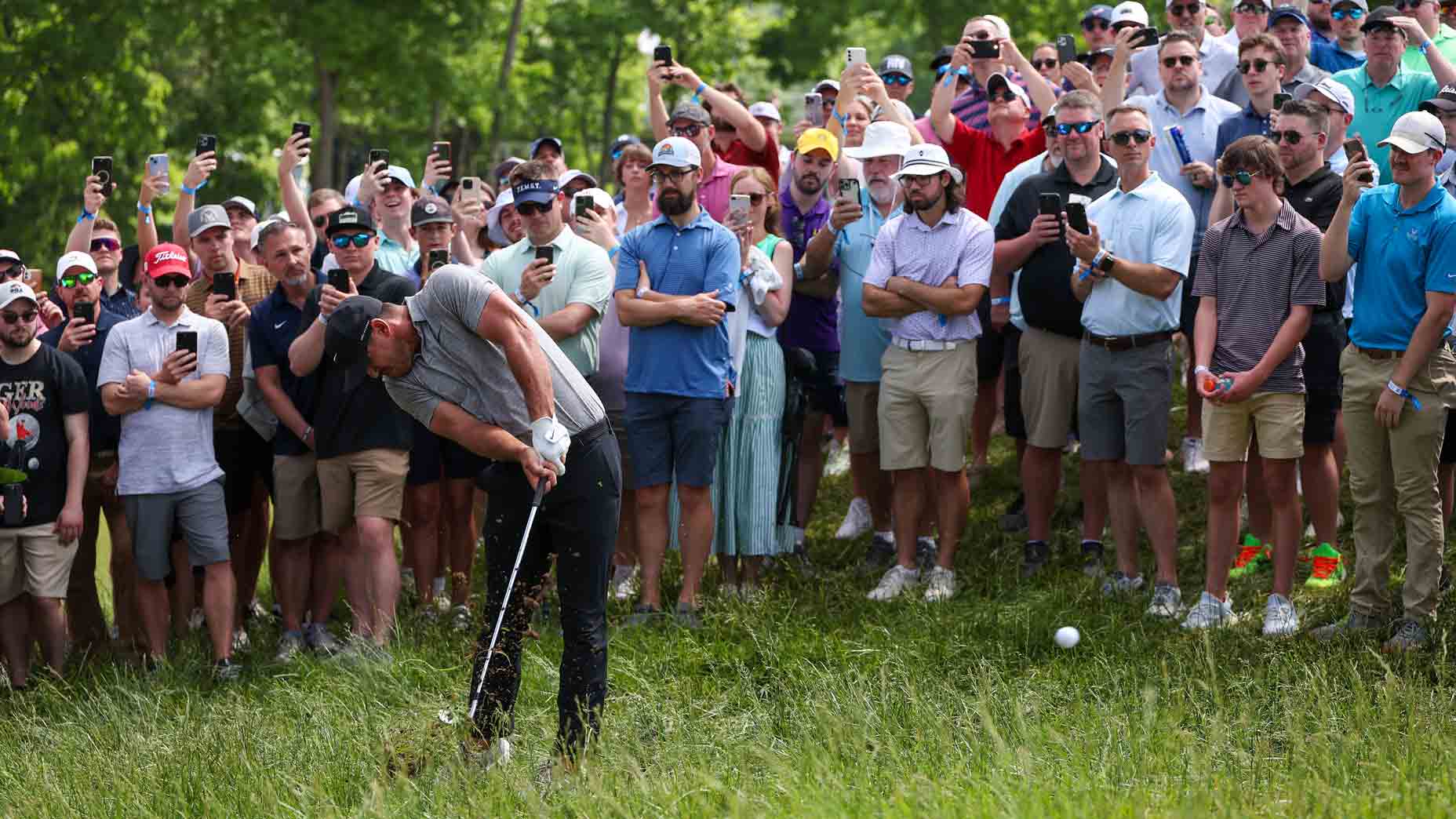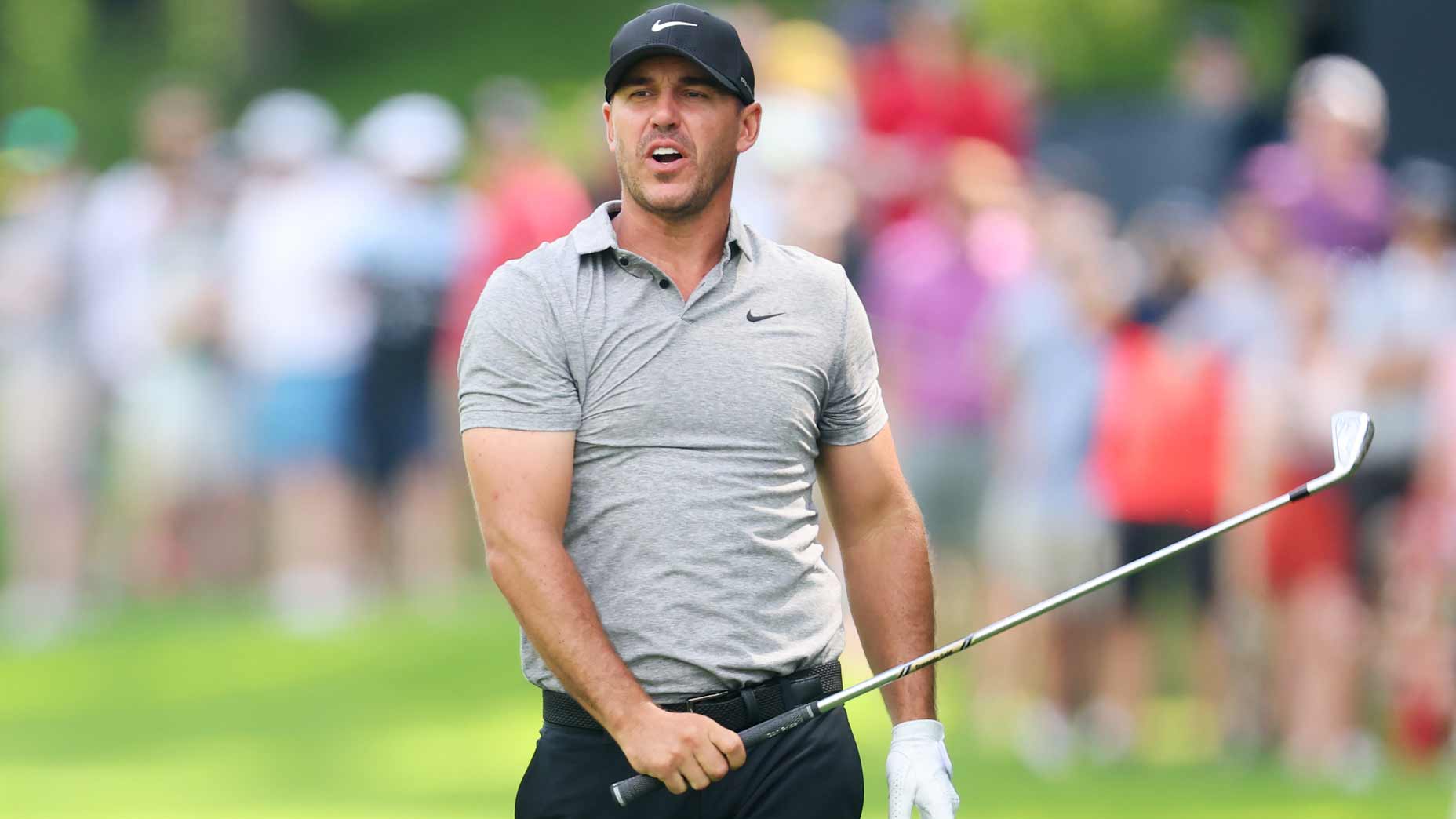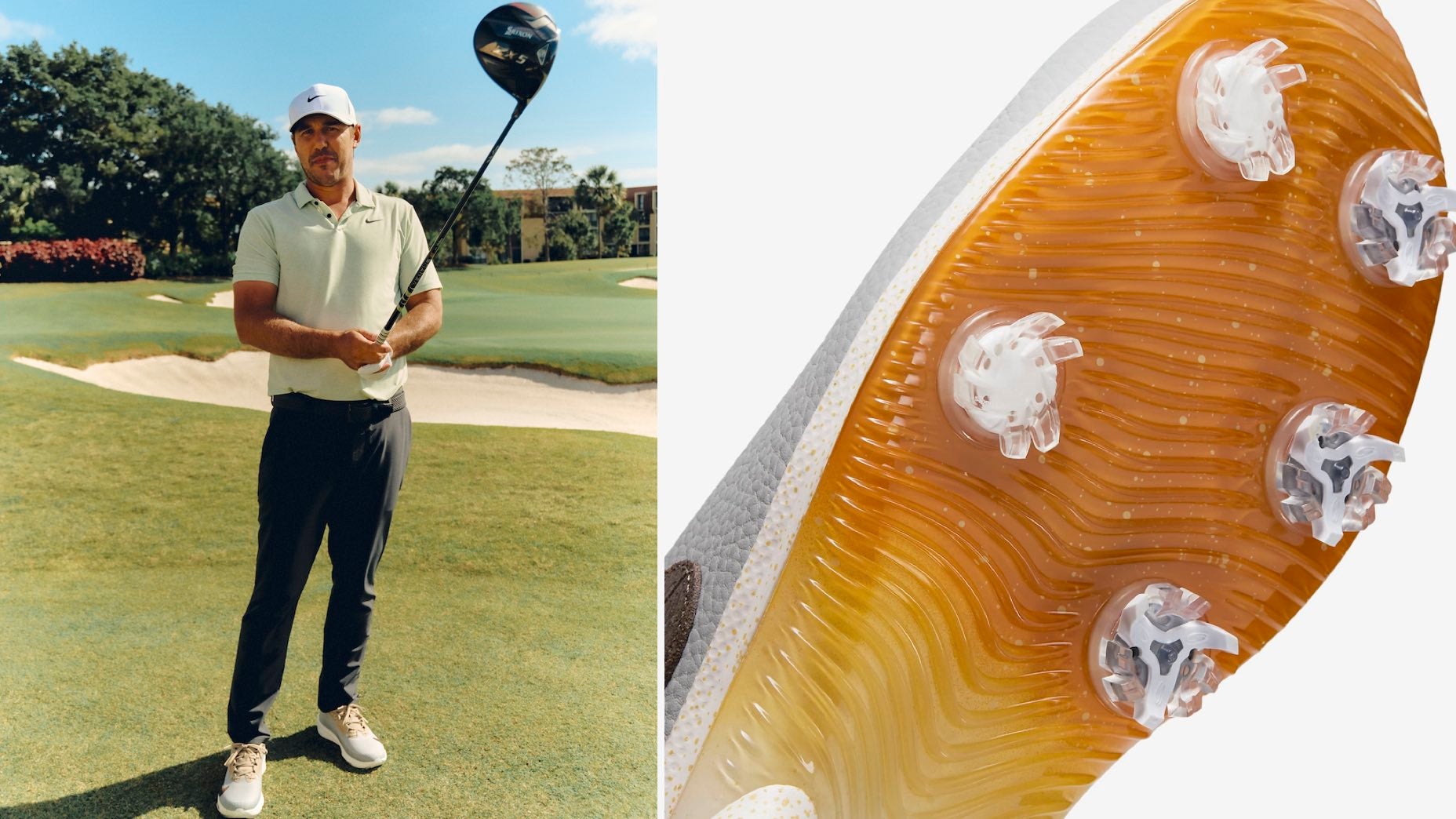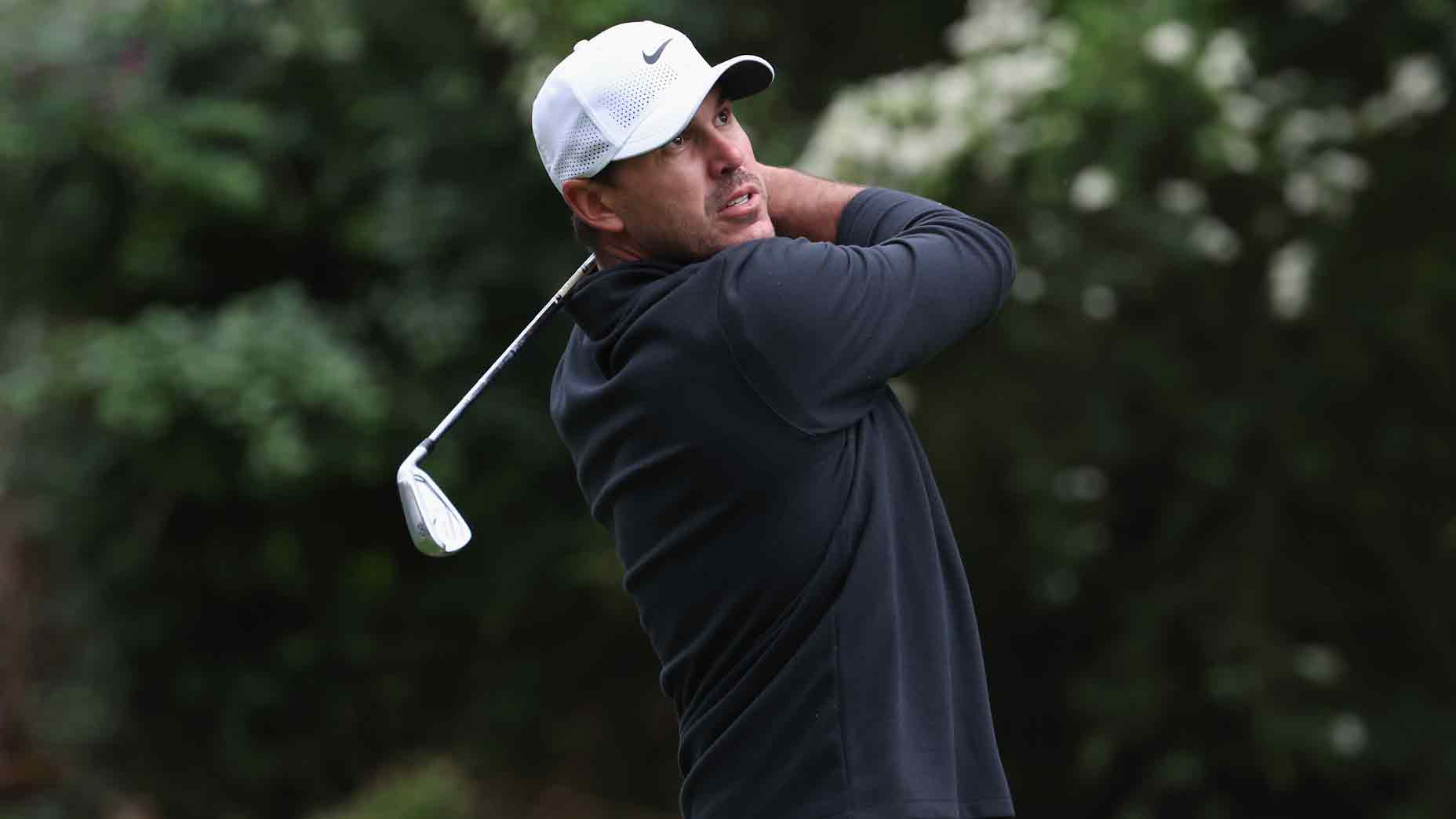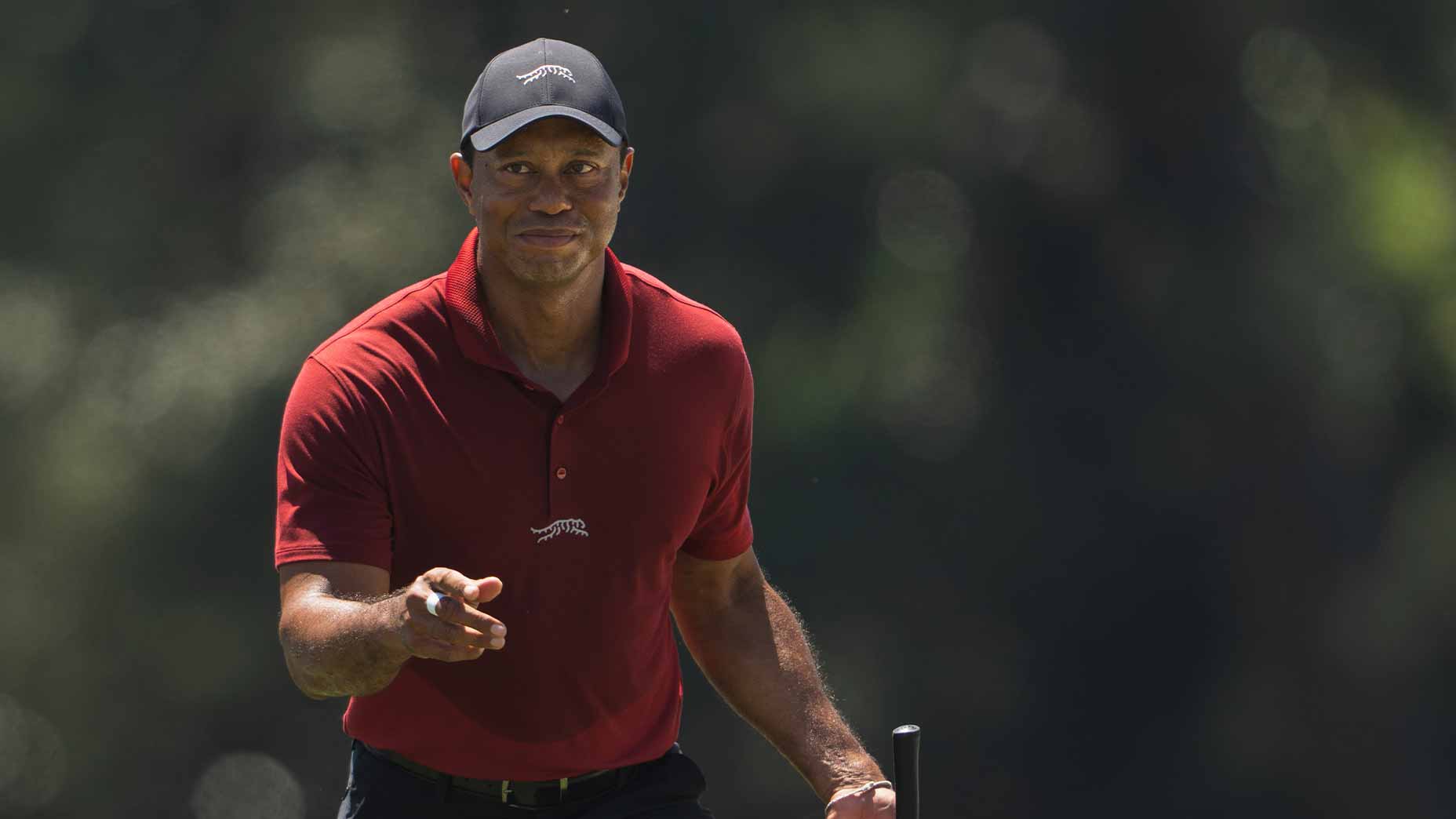Brooks Koepka reveals ‘backward’ approach to U.S. Open preparation

Brooks Koepka and caddie Ricky Elliott are studying LACC from green-to-tee.
Getty Images
The Los Angeles Country Club North Course represents a bit of a mystery this week as the game’s best get set for the U.S. Open.
With five par-3s on the iconic George C. Thomas design, ranging from as long as 290 yards to just 124 yards, the one-shotters certainly have players’ attention.
The pint-sized 15th hole, which could play as short as 78 yards for one round — as it did for singles matches at the 2017 Walker Cup — has a particular interest in contrast to the other 200-yard-plus behemoths.
The green is long and crescent-shaped with a bump in the middle-right portion that effectively divides the putting surface into four sections. On Tuesday, Collin Morikawa said he might consider teeing up a lob wedge an inch off the ground to access the potential front tee-front hole location, which would set up as the shortest par-3 in U.S. Open history.
Rickie Fowler even told Golf Channel’s John Wood he might lay up if the hole plays that short.
But reigning PGA Championship winner Brooks Koepka is scouting the hole the same way he would any other: by looking at it backward.
“I just stand in the middle of the green whenever I get back, when I get to the green and look back, and it’s clear as day. I just play the hole backwards,” Koepka said Tuesday. “I think standing on the middle of the green looking back towards the tee or the fairway, whatever, depending on what you can see, it makes it very clear how to play the hole, what’s the proper way to play it.
“Then from there, it’s just a matter of pin locations. Hey, if this pin location is here I am going to do this. If this pin location is here I am going to switch this up.”
Renowned sports psychologist Dr. Bob Rotella preaches the same idea in his book “Golf is Not a Game of Perfect.“
“Standing on the green and looking back toward the tee usually reveals much more about a hole than standing on the tee and looking at the green,” Rotella wrote. “It shows more of the tricks and deceptions that the architect may have built into the hole. And it forced you to think strategically about where you want your ball to land on the green, what club would be best for landing it there and what kind of tee shot will set this up.”
The example Rotella gives is how the steeper slope on the left side of Augusta National’s 10th fairway is much more apparent from the green than it is from the tee.
Koepka, who usually likes to play things close to the vest, didn’t reveal what he learned specifically by doing this on 15 or any of the other holes at LACC.
But whenever you’re prepping for a big tournament or just want to get an edge on your buddies at your home course, try looking back at the hole from the green to the tee. You might just learn something new.

